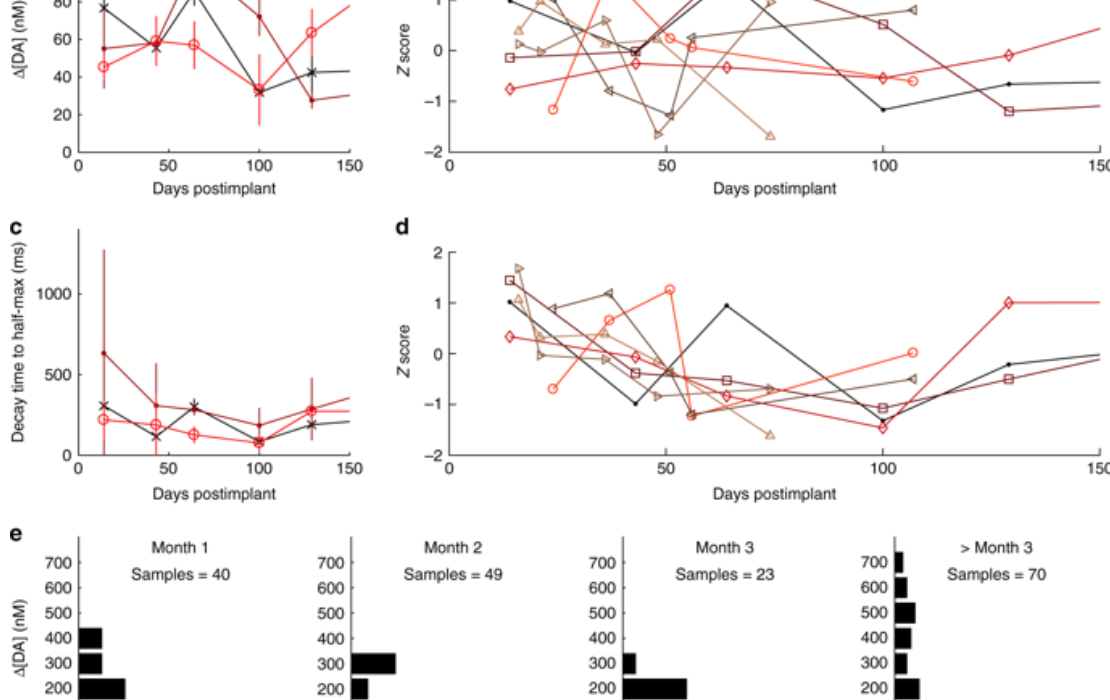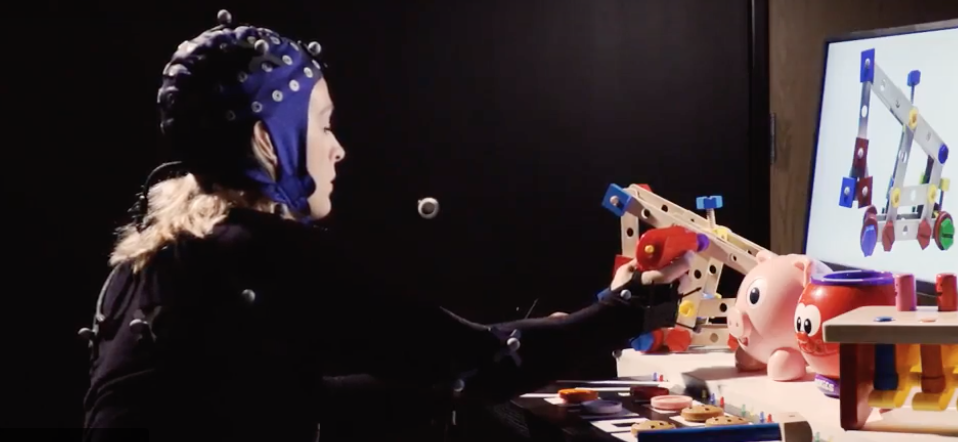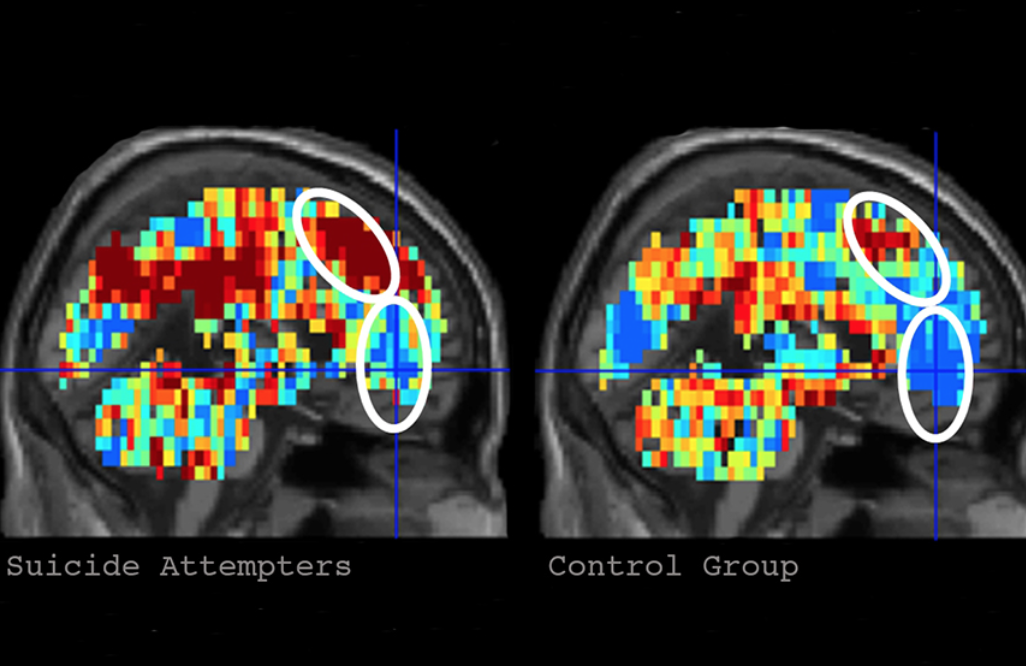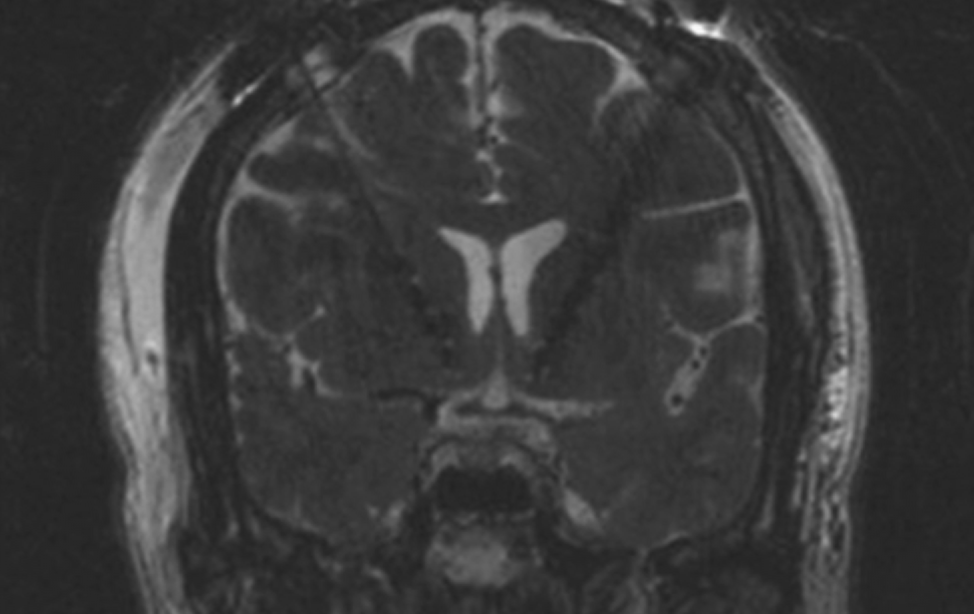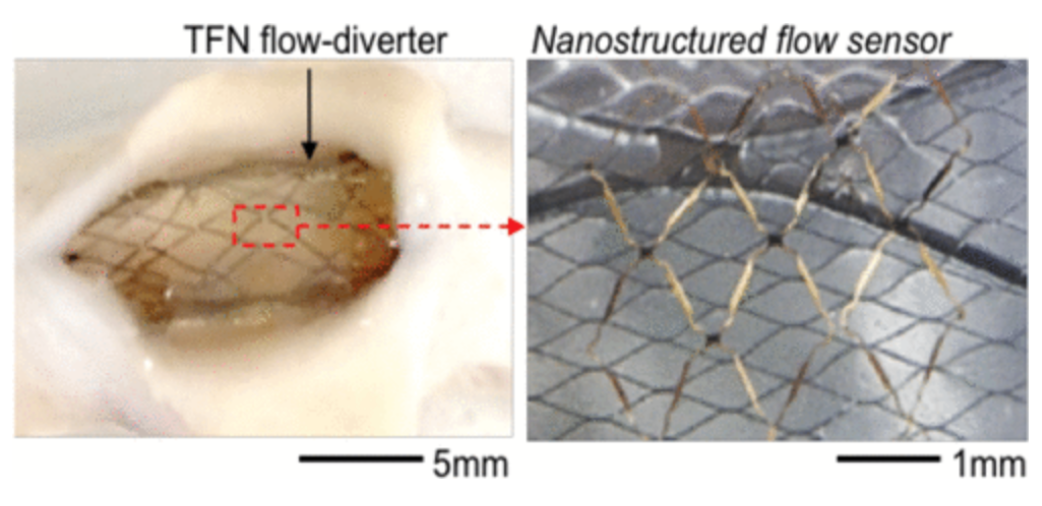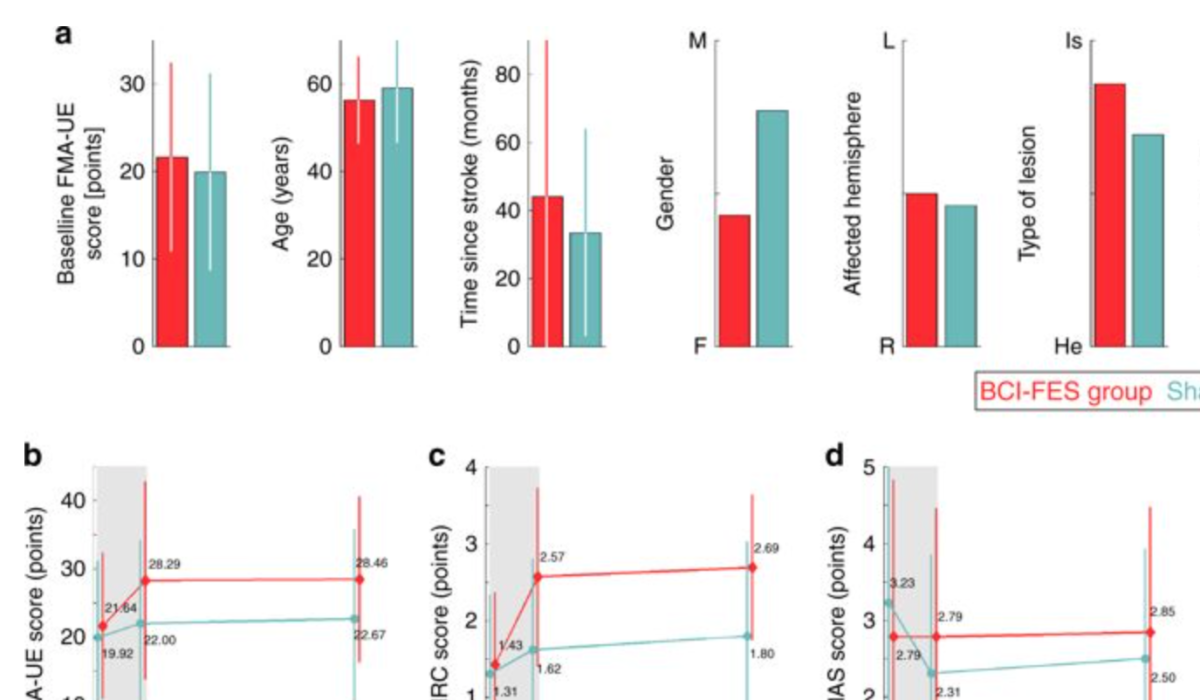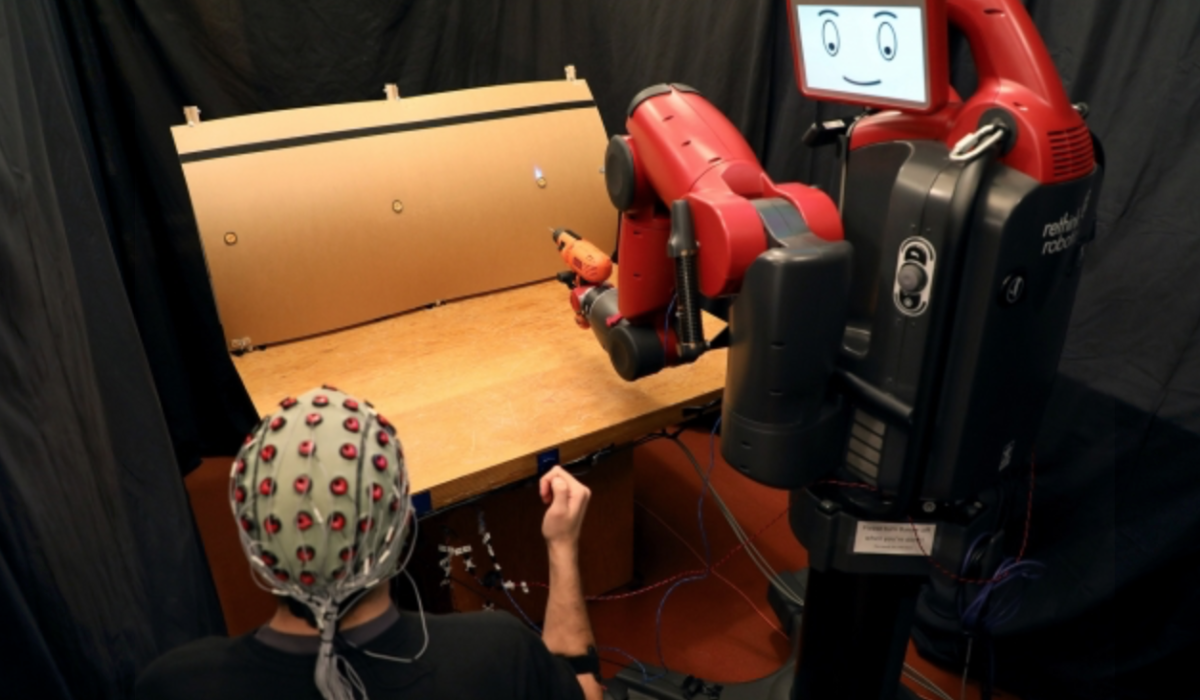Helen Schwerdt, Ann Graybiel, Michael Cima, Bob Langer, and MIT colleagues have developed and implantable sensor that can measure dopamine in the brain of rodents for more than one year. They believe that this...
curated by ApplySci
Brain
DARPA: Three aircraft virtually controlled with brain chip
Building on 2015 researchthat enabled a paralyzed person to virtually control an F-35 jet, DARPA’s Justin Sanchezhas announced that the brain can be used to command and control three types of aircraft simultaneously. Click...
VR + motion capture to study movement, sensory processing, in autism, AD, TBI
MoBi, developed by John Foxeat the University of Rochester, combines VR, EEG, and motion capture sensors to study movement difficulties associated with neurological disorders. According to Foxe, “The MoBI system allows us to get people...
Brain imaging to detect suicidal thoughts
Last year, Carnegie Mellon professor Marcel Justand Pitt professor David Brentused brain imagining to identify suicidal thoughts. Supported by the NIMH, they are now working to establish reliable neurocognitive markers of suicidal ideation and attempt....
AI predicts response to antipsychotic drugs, could distinguish between disorders
Lawson Health Research Institute, Mind Research Network and Brainnetome Center researchers have developed an algorithm that analyzes brain scans to classify illness in patients with complex mood disorders and help predict their response to medication....
Invasive deep brain stimulation for alcoholism?
Stanford’s Casey Halpern and Allen Ho have used deep brain stimulation to target nucleus accumbens, thought to reduce impulsive behavior, to combat alcoholism in animal and pilot human studies. DBS is used in severe Parkinson’s disease...
Sensor could continuously monitor brain aneurysm treatment
Georgia Tech’s Woon-Hong Yeo has developed a proof of concept, flexible, stretchable sensor that can continuously monitor hemodynamicswhen integrated with a stent like flow diverter after a brain aneurysm. Blood flow is measured using capacitance changes....
Combined BCI + FES system could improve stroke recovery
Jose Millan and EPFL colleagues have combined a brain computer interface with functional electrical stimulation in a system that, in a study, showed the ability to enhance the restoration of limb use after a stroke....
Thought, gesture-controlled robots
MIT CSAIL’s Daniela Rushas developed an EEG/EMG robot control system based on brain signals and finger gestures. Building on the team’s previous brain-controlled robot work, the new system detects, in real-time, if a person...
Phillip Alvelda: More intelligent; less artificial | ApplySci @ Stanford
Phillip Alvelda discussed AI and the brain at ApplySci’s recent Wearable Tech + Digital Health + Neurotech Silicon Valley conference at Stanford: Dr. Alvelda will join us again at Wearable Tech + Digital Health...
